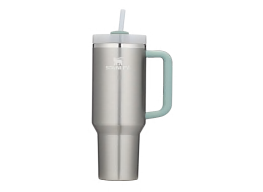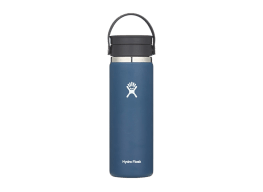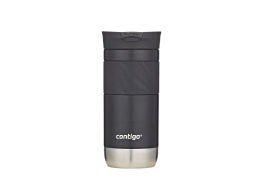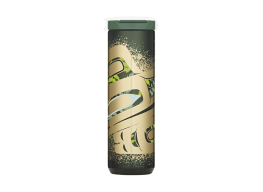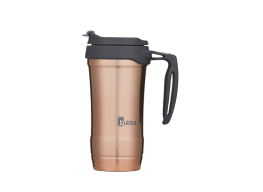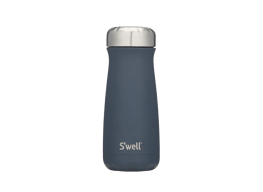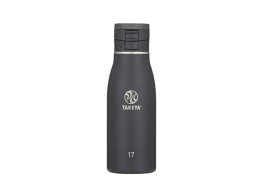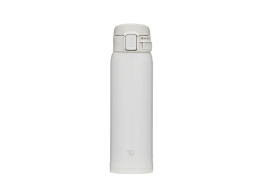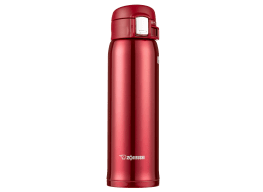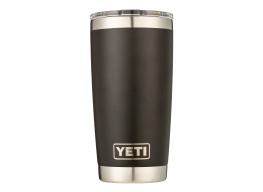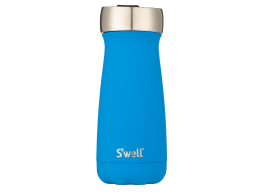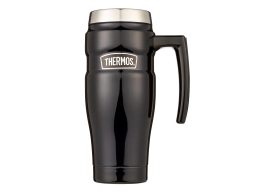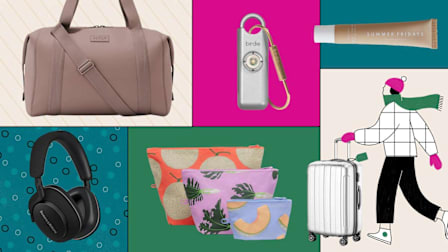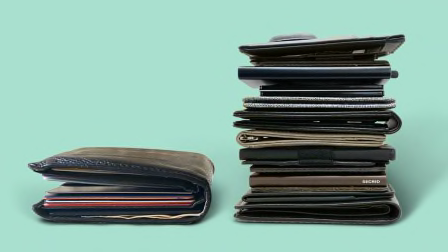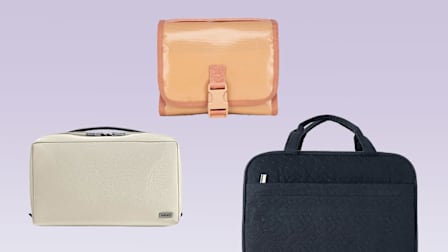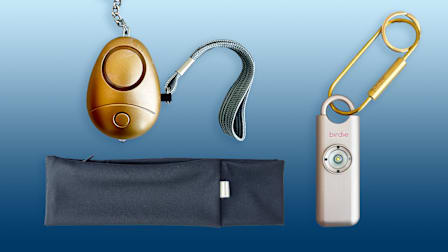Best Travel Pillows
We evaluated travel pillows from Cabeau, Trtl, NapFun, and more to see which would provide the best support during a long trip
When you shop through retailer links on our site, we may earn affiliate commissions. 100% of the fees we collect are used to support our nonprofit mission. Learn more.
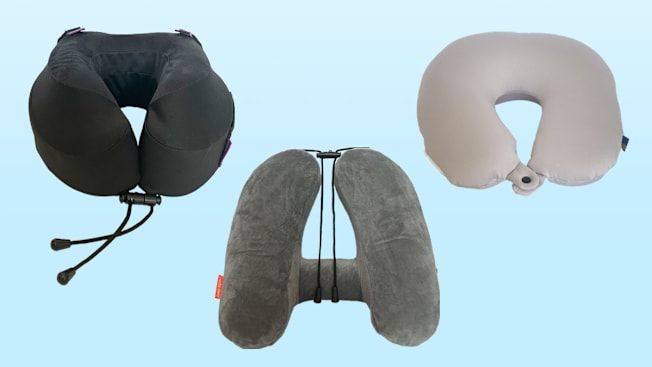
I inherited many things from my mom. A stiff neck, unfortunately, is one of them. Traveling can be a challenge for both of us, as well as others who are prone to neck stiffness and pain. Like me, you might spend several hours cramped in an airplane or train seat and wake up feeling the strain in your neck after sleeping for a long time in an odd position.
When we are in an unsupported position, we tend to protrude our heads forward, so a travel pillow can help alleviate potential neck pain or stiffness if it provides support in the right places and keeps the spine in a neutral position, says Jim Edwards, the rehabilitation manager at Cleveland Clinic Rehabilitation and Sports Therapy.

















